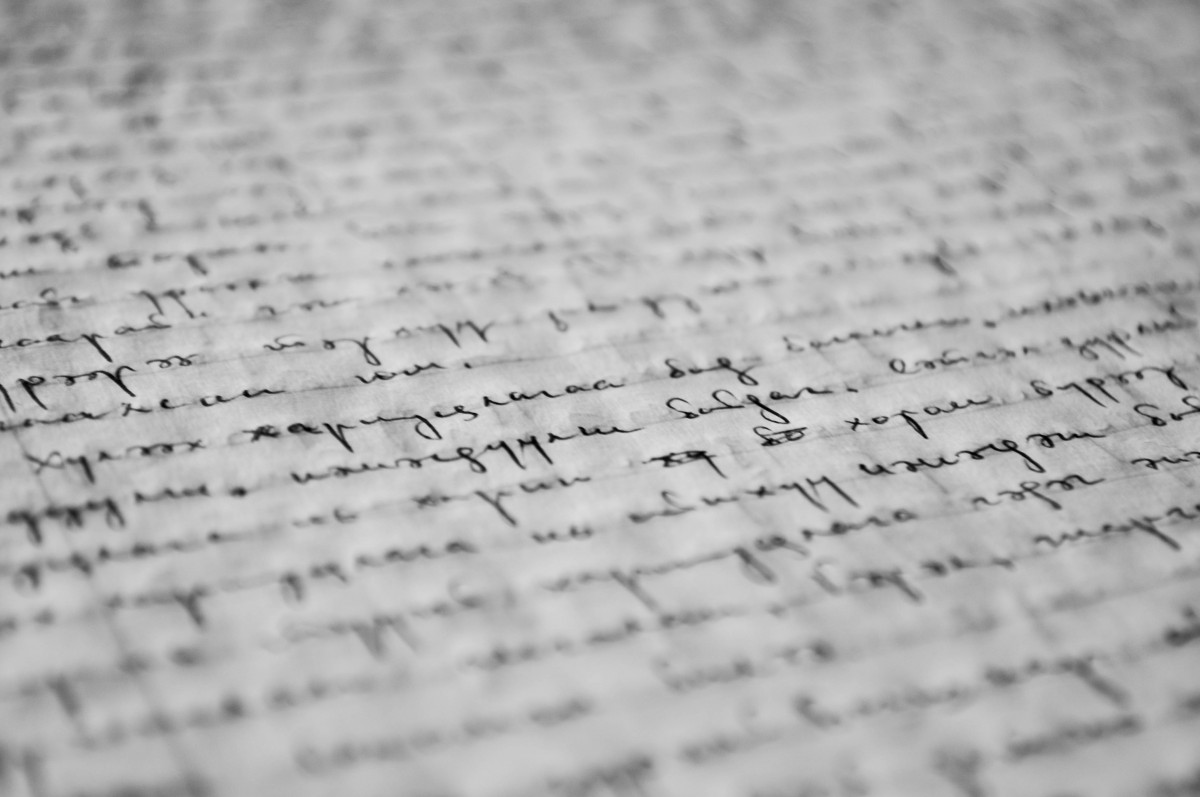What is rising water experiment?
Experiment: Cover a burning candle with a pitcher so that the candle is in an air-tight room sealed by the water at the ground. When the oxygen is depleted, the candle goes out and the air cools. The volume of the air decreases and the water rises. The temporary temperature change delays the rise of the water.
What happens when you put a cup over a candle with water?
What happens if you cover a lit candle in a water basin with a glass? The glass becomes foggy on the inside and the flame fades and eventually goes out. Then the water level in the glass rises. The burning candle produces carbon dioxide and water in the form of water vapor.
Why do you think food coloring is added to the water rising water experiment?
1. Add 2-3 drops of food coloring to the water. This will make the movement of the water easier to see later. It’s interesting to watch how the drops of coloring spread through the water before stirring it.
What caused the water to rise?
The two major causes of global sea level rise are thermal expansion caused by warming of the ocean (since water expands as it warms) and increased melting of land-based ice, such as glaciers and ice sheets.
Does wax explode?
Wax is a fuel that allows a candle flame to burn. When the fuel is gone, in most cases, a flare up or explosion type reaction can occur. While there are some occasions a flame can self extinguish itself when there is little to no wax left, this is not common and not worth risking.
Why is the candle flame extinguished after a few seconds?
Carbon dioxide molecules are heavier than air. Because of this, they push the oxygen and other molecules in the air out of the way as they sink down over the flame and candle. When oxygen is pushed away from the wick, it can’t react with the wax anymore. This makes the flame go out.
How much will the sea level rise by 2020?
For instance, Eastport, Maine had a rise rate of only 2.02 mm in 2020, but sea level there is projected to rise 0.41 m (1.3 feet) above 1992 levels by 2050.
What happens if you put a raw egg in vinegar?
If you soak an egg in vinegar the eggshell will absorb the acid and break down, or dissolve. The calcium carbonate will become carbon dioxide gas, which will go into the air. What is left is the soft tissue that lined the inside of the eggshell. It will bounce!
What liquids dissolve egg shells?
vinegar react with eggshells and make them dissolve, leaving the inside of the egg intact.
How do you do the rising water experiment?
Pour some water into the bowl. With the matches, light the candle. Cover the candle with the glass cup. Watch what happens! If you want, you can add food colouring into the water to make the experiment more visible. School science visits since 2004! – Curriculum-linked & award-winning incursions.
Is the rising water secret a science fair project?
Observing and discovering the Rising Water Secret is pretty cool, but the demonstration isn’t a science fair project, yet. You can make it one simply by identifying a variable (something that might change the outcome) in the experiment (like using more or less heat), then testing that variable (as you did), and correctly reporting the results.
Why is the burning candle and rising water experiment important?
Besides pedagogy or psychology, it can be also relevant just to get the facts right. The Water-Candle experiment is an illustrative example. It is a situation where many different effects play together and where it is hard to figure out which ones really matter.
How to make water rise with a candle?
Using dropper, in our case we are using a straw to add blue color ink on water. Slowly stair the water for perfect color. Now take a candle and put on this plate and light up the candle using match stick. Cover the candle with water class slowly. At mean time candle will turn off and water will rise displacing the air.
